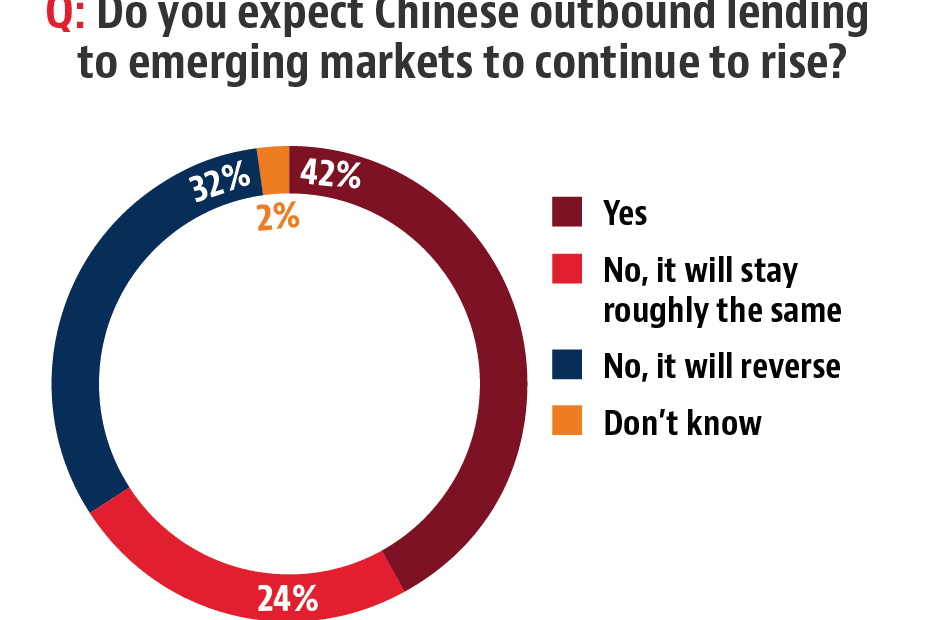No products in the basket.
- Latest
- Trending
Infrastructure development has become one of the great battlegrounds of our time. The world’s three largest economies – the US, China and Japan – are actively manoeuvring for economic and geopolitical influence through an infrastructure funding and investment race across emerging markets globally, with Asia Pacific taking centre stage.
But how should governments and developers that sit within targeted countries handle this newfound attention? How can they turn it to the advantage of their people?
This infrastructure race will clearly have a major impact on the future of global trade and supply chains, manufacturing and services, but also in the development of strategic, long-term alliances. It has been kicked into a higher gear with China’s trillion-dollar Belt and Road Initiative (BRI), which has woken the world afresh to the strategic implications of infrastructure and energy development.
It is also clear China has turned its investment sights closer to home. Recently released data from Baker McKenzie and Rhodium Group show that combined Chinese FDI into North America and Europe fell 73% in 2018, from $111 billion in 2017 to a six-year low of $30 billion last year, due to a combination of new controls at home and greater investment screening in target nations. This means the Asia Pacific region will be more of a focus for China than ever.

Meanwhile, the intensifying of the US-China trade war has been accompanied by a much more assertive US approach to geopolitical influence building in Asia Pacific, including the launch of the so-called “Indo-Pacific Strategy”, a fledgling but serious rival to the BRI.
As these major geopolitical developments proceed, Japan continues to play the long game. Japanese developers and financial institutions (including its export credit agency) have, cautiously and over time, built up extensive networks and experience around infrastructure development across South-East Asia and beyond, mainly to shore up anaemic growth at home.
This, along with its relative geopolitical neutrality, means Japan is today in the unique position of being courted by both China and the US to join the countries’ respective infrastructure development efforts.
Reflecting this unique position, at a recent summit in Tokyo, the leaders of Japan and five South-East Asian countries agreed to adopt a new policy that pushes forward more than 150 projects in the Mekong region, using official “development assistance” from Japan under the auspices of the Indo-Pacific Strategy. Less than three weeks later, Japanese prime minister Shinzō Abe was in Beijing to sign an agreement between Japan and China to jointly facilitate around 50 private-sector infrastructure projects across Asia and beyond (first up a new “smart city” in Thailand), while the Japan Bank for International Cooperation agreed to establish a joint financing framework with the China Development Bank.
How long Japan will be able to actively support and participate in both Indo-Pacific and BRI efforts without the US, China or both pressuring the Abe government to effectively take sides remains to be seen.









